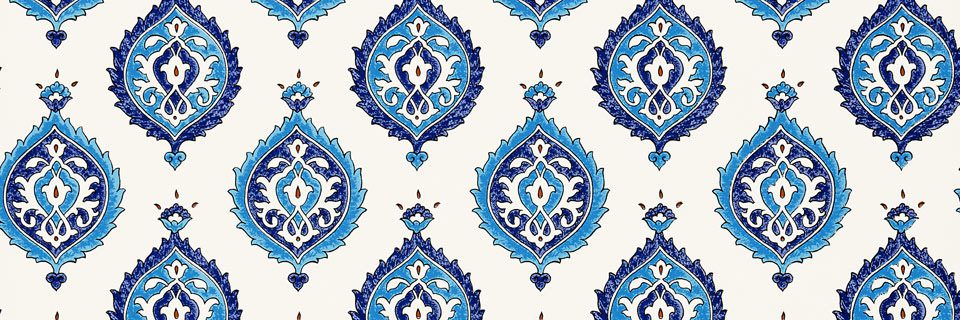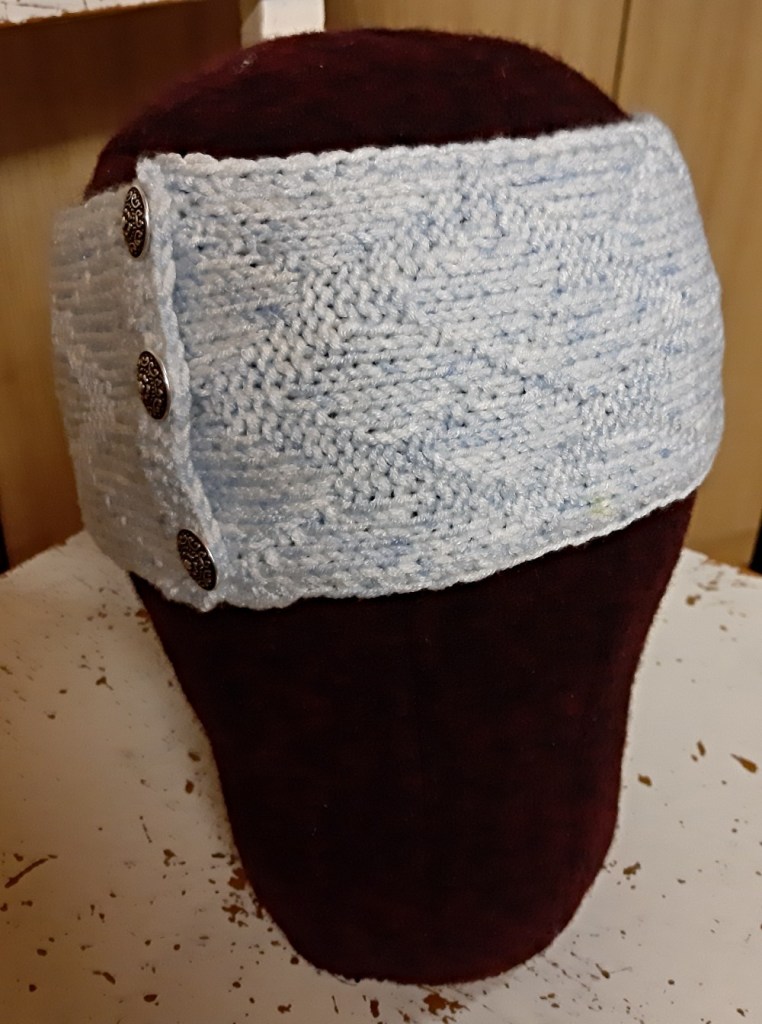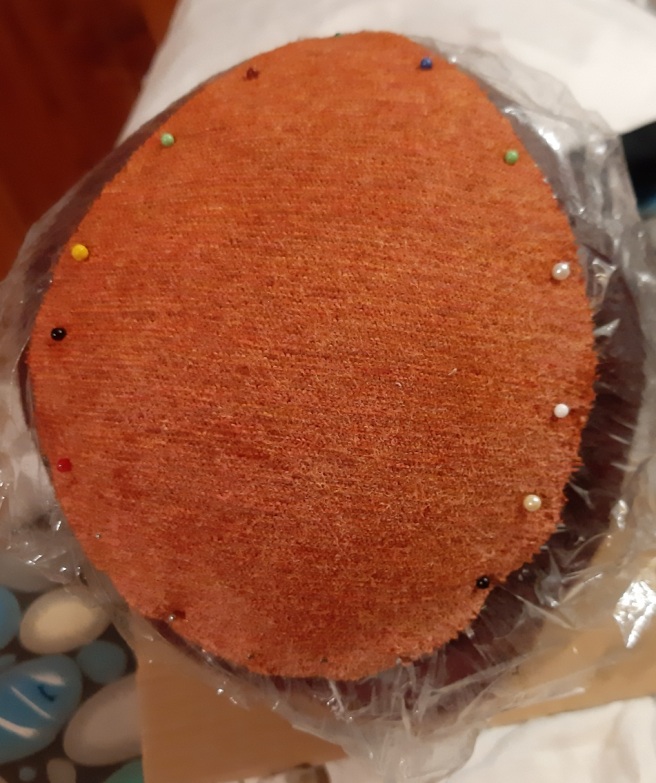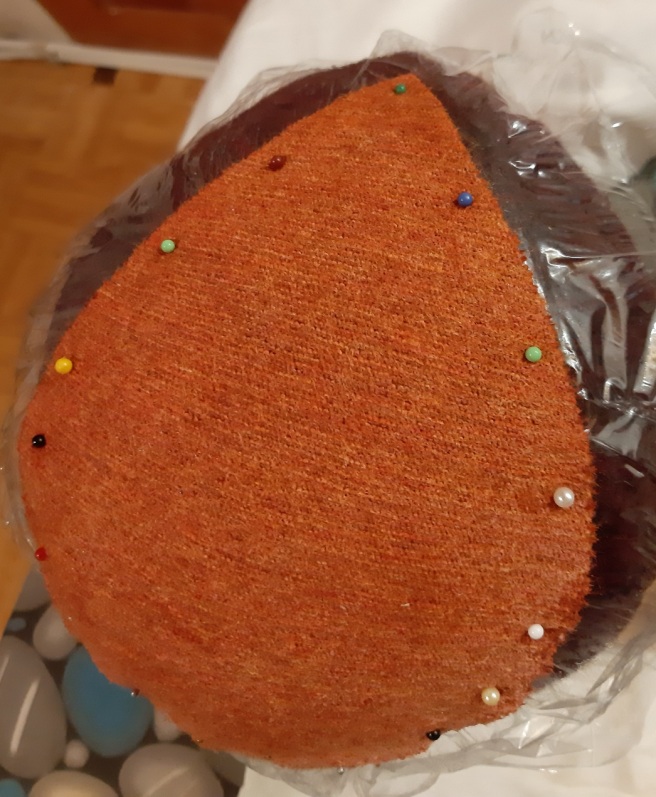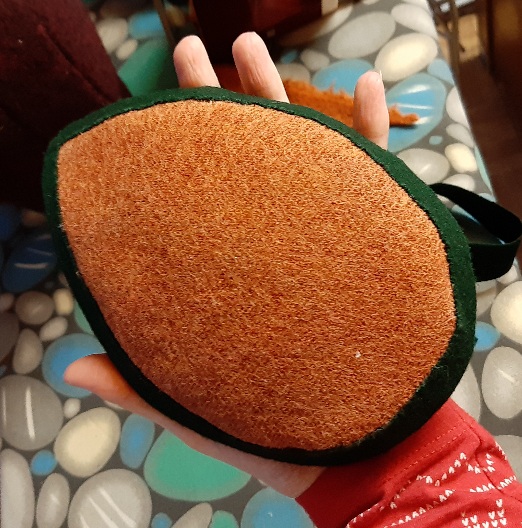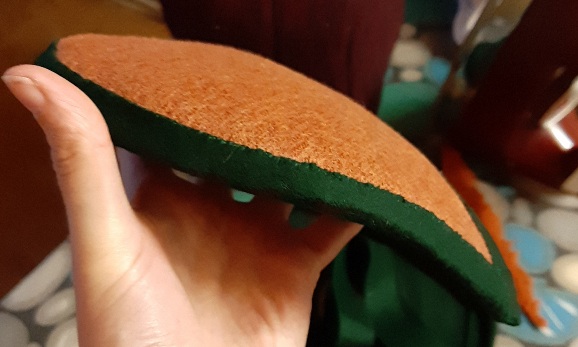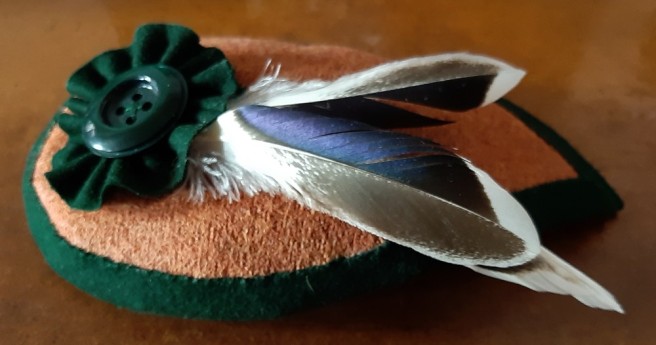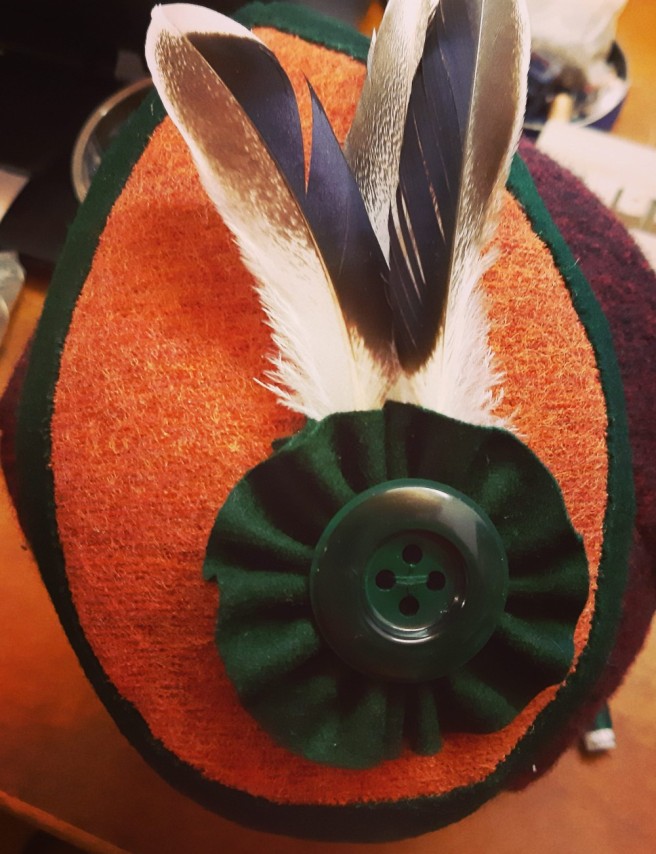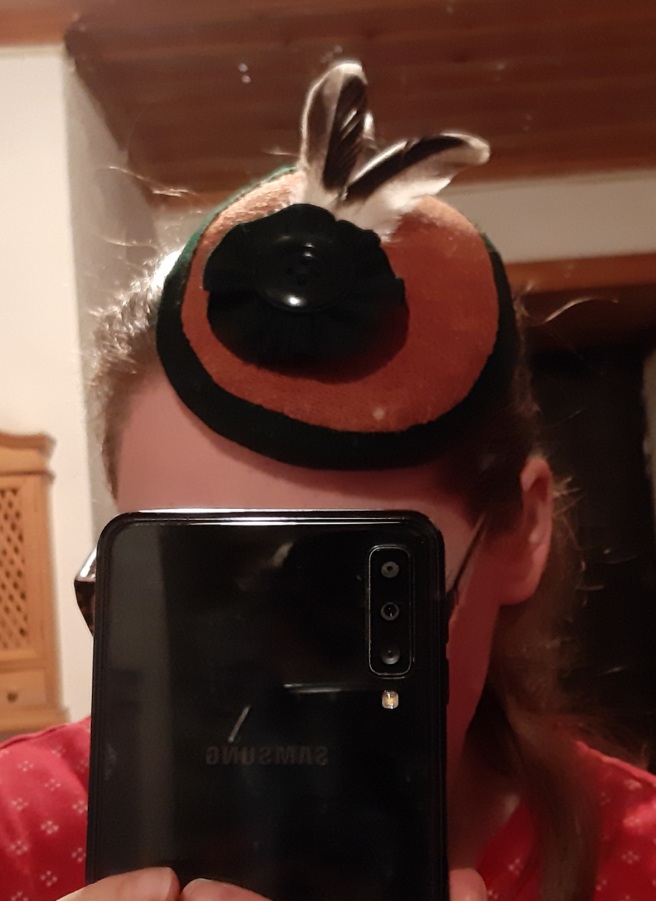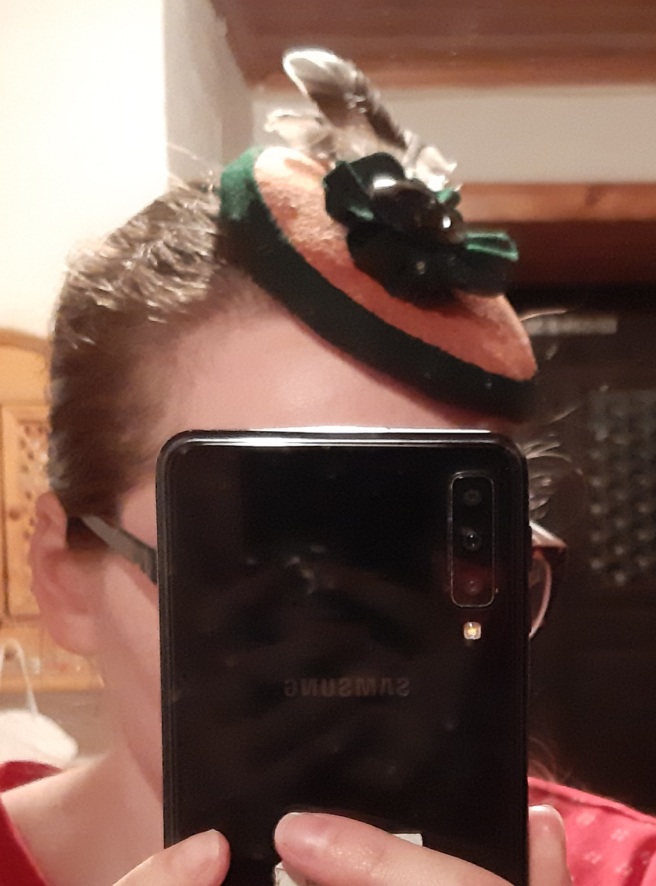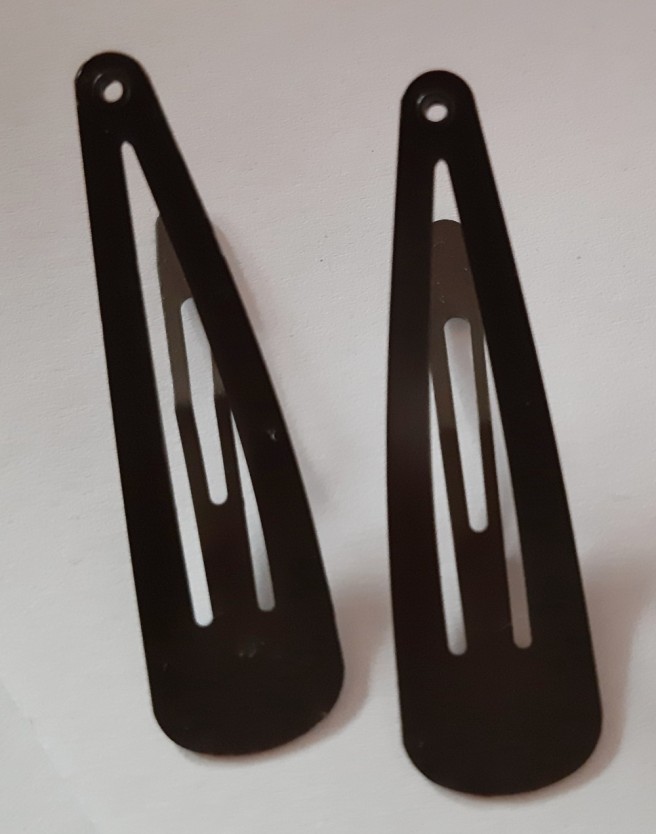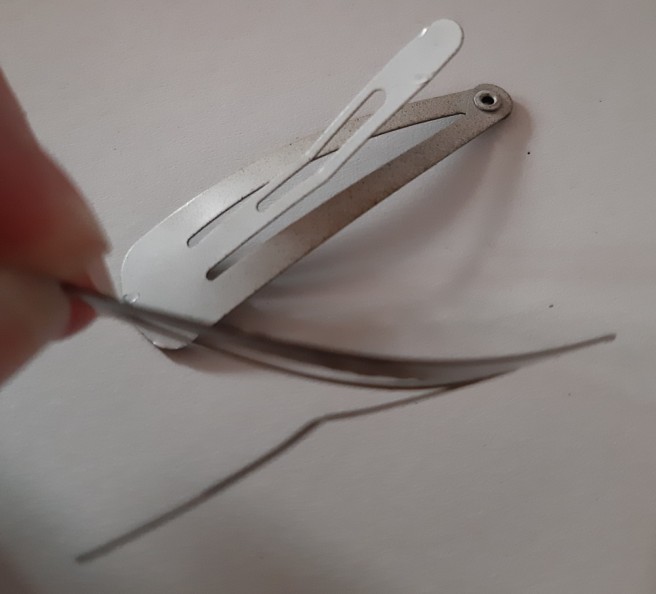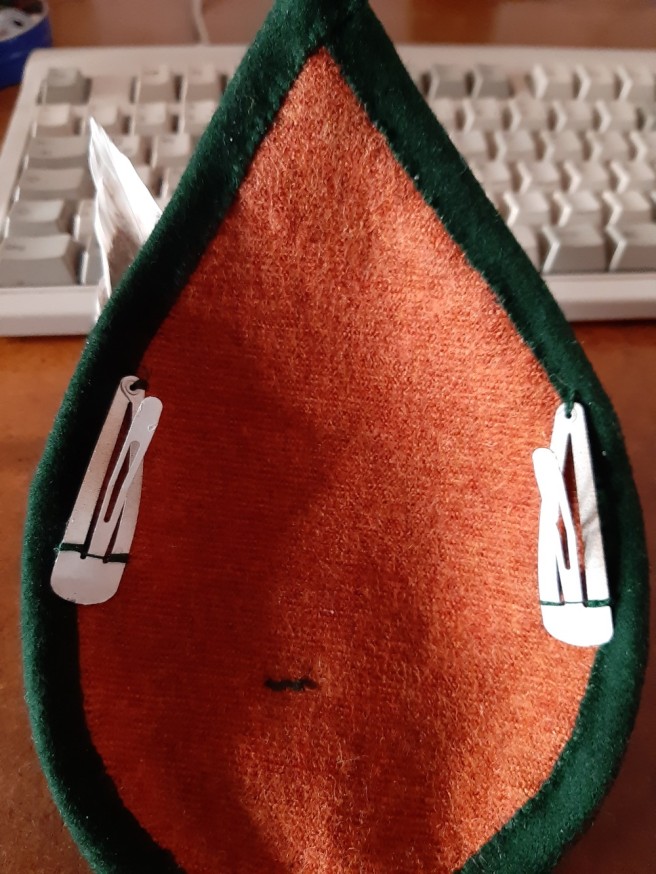I know i didn´t post in a long time, but those last two months have been a bit stressful. First of all, one of my cats had an huge accident. We still don´t know what happened exactly, but somebody drove over her with a car…
There have been a lot of days of worrying, that she might die and the caring and recovery took some weeks, BUT she is alive and well, thankfully. Weirdly in those times you met a lot of people, who say instead of paying for an operation you should have put her to sleep, because “there are so many cats around”. Mildly put, i´m disgusted by those comments and views. For me, my pets are part of my family and i have to care for them.
Secondly, it is autumn now, and we have a lot of pear and apple trees, which fruits want to be harvested. And the garden needs to be in order before winter comes around…there is/was a lot to do. I was still able to knit and sew some things, but i had hardly any time to write about it (nor had i a lot of motivation to do so.)
After finishing some big birthday knit for my mother (someday i will post about it), i started knitting for winter season. I needed some cozy hat, a cowl and some new mittens or fingerless gloves. I already finished the hat (i´m not quite sure about it) and the cowl, which i really like.
I had this yarn in my stash, which i bought last year i think. It is called “Schnellstrickgarn Mia” and it is from KiK. It is on the cheaper side and it is not as soft as some of the modern acrylics i have worked with before, but not as bad as they used to be. Because of the stitches given on the banderole you need for 10 cm (22 sts x 30 rows), I would categorize it as DK weight yarn and this point is one of the things i´m still a bit annoyed(?) with in knitting. It is a tiny bit thicker as most DK weight yarns i have used, but it is not actually a “real” worsted. On the other hand, i recently knitted with a yarn from Schachenmayr, which was thinner than this one, but with 19 sts x 26 rows, i would have categorized it as worsted weight. So confusing!
Well, but back to my main point. I thought it would be nice for a hat. So i chose an easy project, the “Three by Three Hat by Galzanne Knits. (Which is free on Ravelry : https://www.ravelry.com/patterns/library/three-by-three-hat)
And it was an easy project! It only took me a few hours distributed over two days to start and finish it. But i´m not sure with the end result. Because the yarn is a bit thicker than DK, the hat got a bit more voluminous than i thought. I mean, it is surely warm and that is great for winter, but i don´t know if it is not too much for my head…if you know what i mean.


The Cowl, which is the Bynx Cowl by Hayley Quinn (also a free pattern), on the other hand has the perfect size for my taste. Not to tight and not to loose. It took me a few days longer than the hat, but you could easily knit it faster than me. The cable repeating is quite easy, but don´t knit when you are sleepy…of course i made one mistake while knitting the bigger cables. It is hardly noticeable, so i didn´t go back.


For the mittens/ fingerless gloves, i don´t have a pattern yet.
What are you knitting for winter? Any favourite patterns or don´t you need anything because you have enough winter knitwear or you don´t have winter at all?
Thank you for reading and i hope you have/ had a nice weekend!
Till next time.
